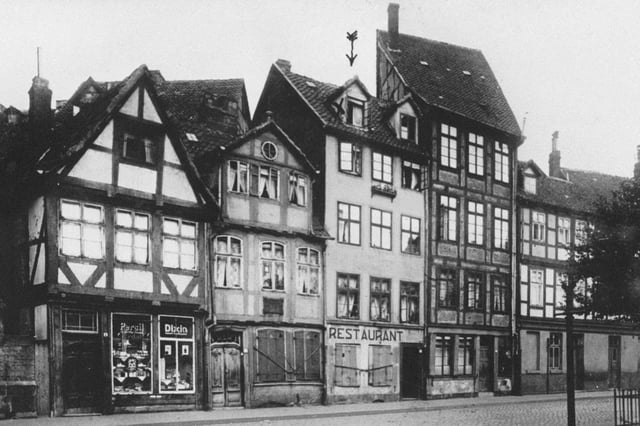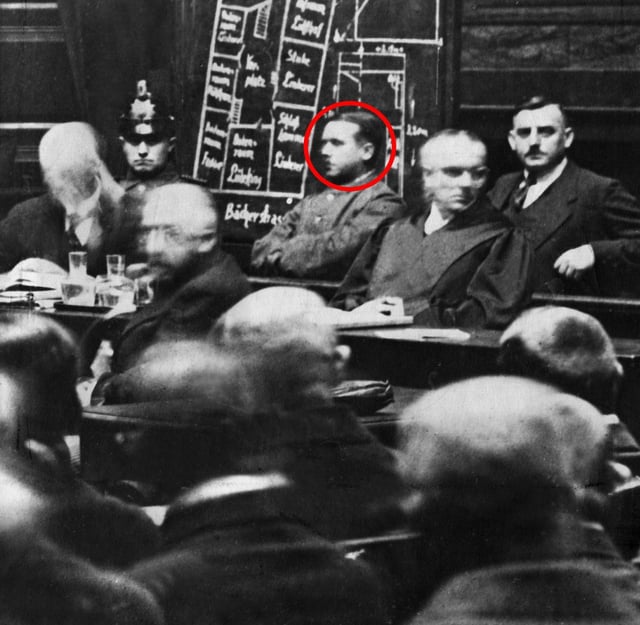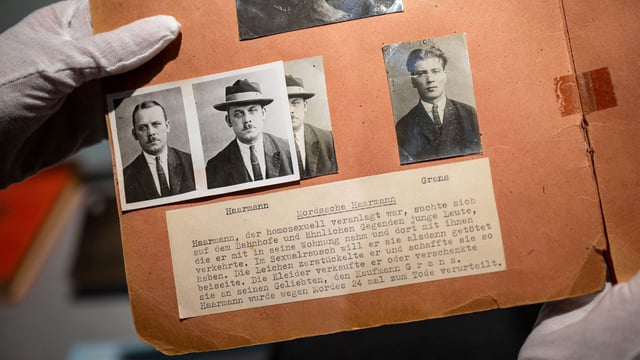Overview
- Fritz Haarmann, convicted of murdering at least 24 boys and young men, was executed on April 15, 1925, by beheading—his requested method of execution.
- Haarmann's gruesome methods, including strangulation and throat-biting, and his role as a police informant initially shielded him from suspicion despite early warnings.
- Renewed attention highlights unresolved questions, with experts suggesting the actual victim count may exceed the 24 killings for which Haarmann was convicted.
- The case has become a cultural phenomenon, inspiring films, musicals, literature, and even city tours in Hannover, where Haarmann committed his crimes.
- Scholars and historians continue to debate the investigative oversights and the complexities surrounding Haarmann's mental state and culpability at the time of his crimes.



